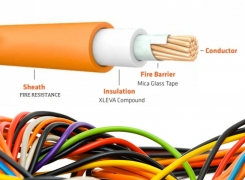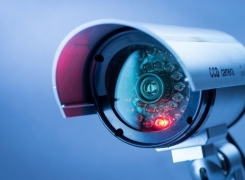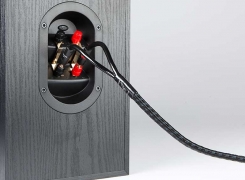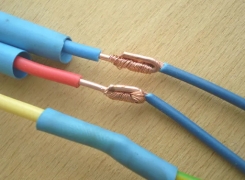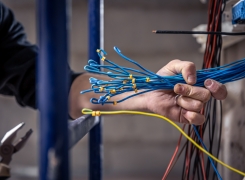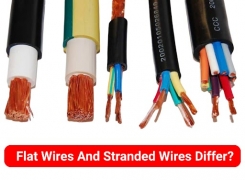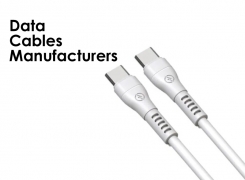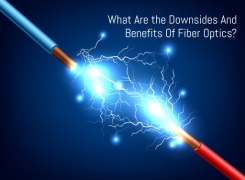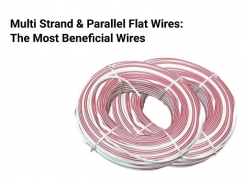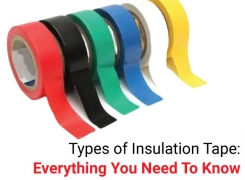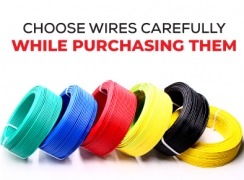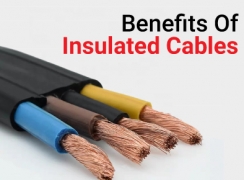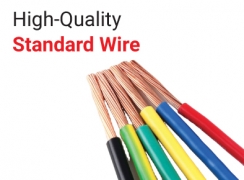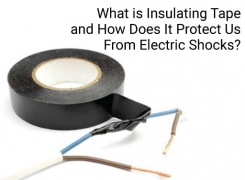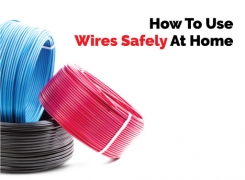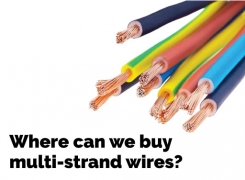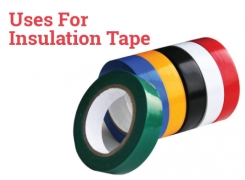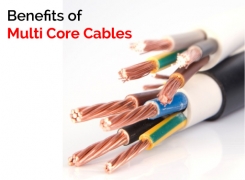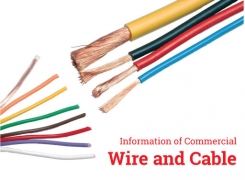A Brief Overview Of Data Cables
- By: Electric Wire Manufacturers
- 2022-11-04
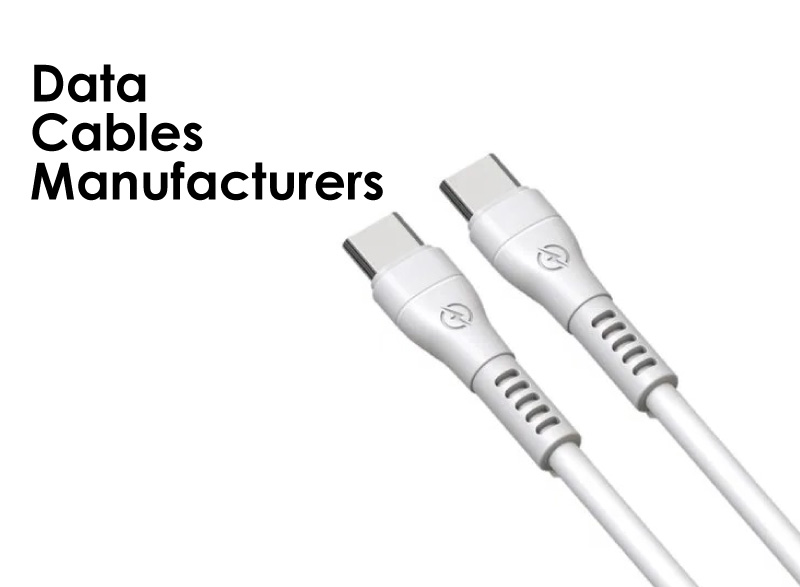
What exactly is a data cable? How to Select the Correct Data Cable Types and the places they are utilized.
A data cable joins two gadgets to transmit data. There are three basic kinds of data cables.
- Cables with twisted pairs.
- Coaxial wiring
- Cable made of fiber optics.
By categorizing data cables, Electric Wire Manufacturers, one of the best Electrical Wires Manufacturers in Delhi, will explain what each kind is and where it is most often utilized.
Data Transfer Using Cable
All forms of data that flow from origin to destination necessitate the use of a communication system. Data is sent across a channel using cables and connections. The cornerstone of every company network is broadband connectivity infrastructure. Cabling links computers, workstations, and other network equipment. As a result, wires and connections are interwoven.
The transmission medium might be either wired or wireless. Cables are employed in wired transmission to convey signals, while electromagnetic frequencies are utilized in wireless transmission to transport information from one gadget to another. Twisted pair cables, coaxial cables, and fiber optic cables are the three kinds of cables used during wired transmission—however, even wireless networks need to rely on wires like these to work better.
Data Cables: Their Applications and Types
A transfer process is required to transport information from its sender to the recipient. Data is transported over a finite range in both broadband and wireless methods. The signal is carried from one gadget to another through the wire, but electromagnetic waves transport these messages without the need for a tangible conductor in wireless.
Data cables are now required for a laptop to link its hardware devices. A data line connects two computers so that they can interact with one another. Consider buying from only a Top 5 Best Electrical Wire Cables Manufacturers in Delhi.
Now, we will look at the applications and kinds of data cables that are employed to transport basic electrical transmission information from one site to another.
Applications of Data Cables
Communication processes, networking, and peripheral cabling are the most common uses for data cables.
Communication inside an organization
A data cable is employed to link computer hardware components. For instance, the HDD is linked to the motherboard through a data connection to establish communication across them.
Transmission Over a Network
The data cable is employed to link many computers via a network.
Network interfaces are used by ethernet cables to connect Desktop computers. An ethernet cable is needed for this to function.
Cabling for External Devices
Data cables are used by external equipment such as cameras, projectors, printers, and photocopier machines to connect, transport, and collect information from the computer.
An overview of data cable classifications:
Cables with twisted pairs:
A shielded twisted pair is used to connect these data cables, which are used in computer networking and telephony. A cover protects the signal from outside sources. As the term implies, the wires are twisted inside. In order to protect data transmission, wires are twisted so as to avoid signal degradation, but there is a limit as to how far they can be stretched before they cause a signal loss.
The coaxial cable:
There are many older computer networks that rely on coaxial cables, often referred to as twisted pairs. It is important to note that although insulated twisted pair cables have primarily replaced these cables, they are still used in cable networks in order to facilitate the transmission of television signals. This type of cable consists of massive, circular wires with an interior core that is used to transmit data in a very efficient manner. An insulator and shield surround the core of the device to protect it from damage during the data transmission process.
Fiber optic cable:
Rapid data communications can be established with fiber optic cables. Using these lines, telephone and cable companies can provide consumers with a faster, more secure internet connection. Fiber optic connections transmit data using light and glass.

